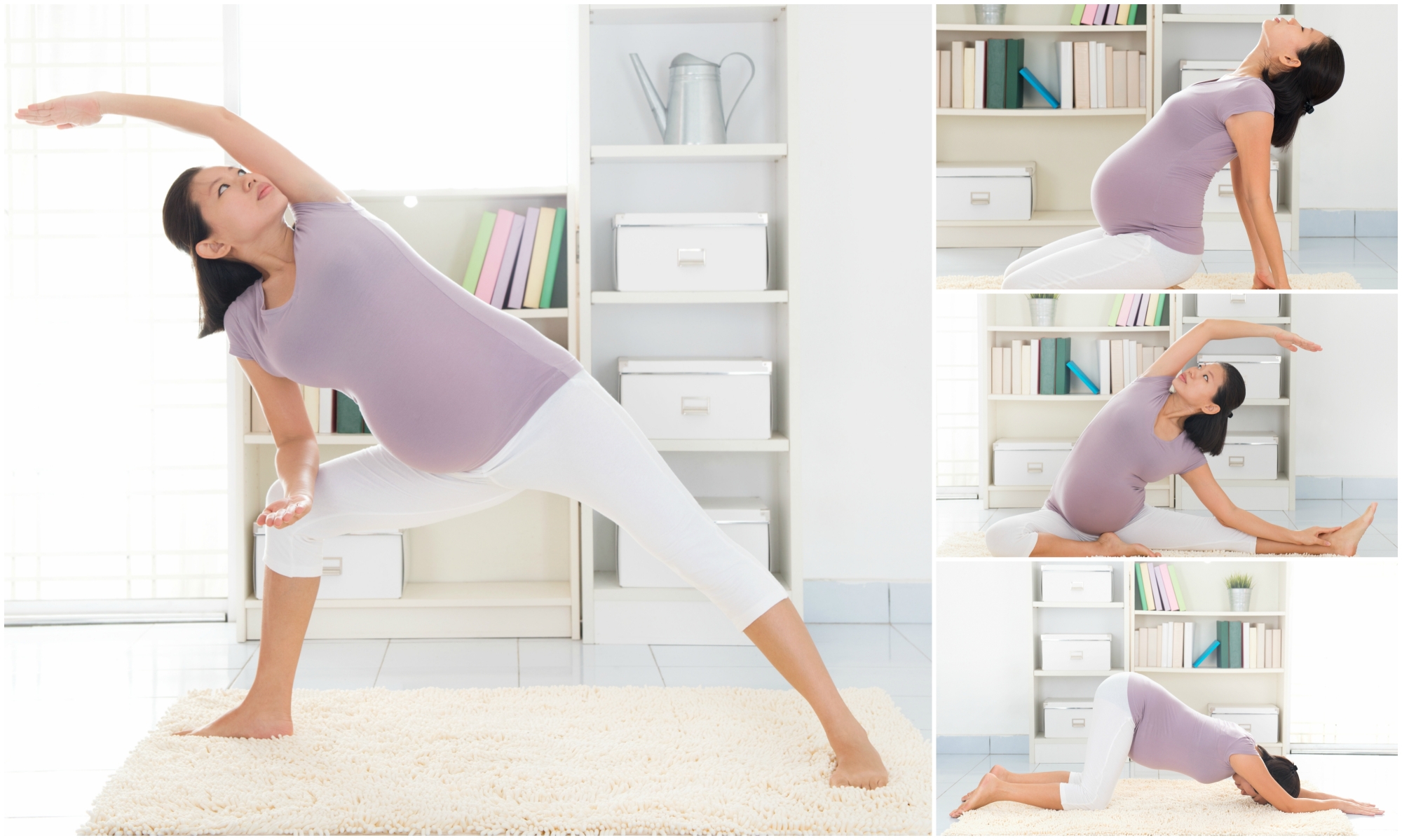
Before you look for a diet plan to lose body weight, you must first know how much. In order to burn more calories than what you eat, it is ideal. If you're counting calories, you're only reducing your ability to gain muscle mass. But, you can still reduce your overall bodyfat by as much at 10%. You should eat more calories than you consume if you want to lose weight or build muscle.
There are many techniques that can be used to lose weight if your goal is to become obese or overweight. This flowchart will show you how to lose body fat in your legs, arms and buttocks. You will feel happier about your body and appearance if you follow this flowchart. You will never feel fat again. Instead, your confidence in your appearance will increase.

The middle is where you will find a flowchart on how to lose body weight. You'll feel better and look better than ever before. Follow this flowchart and you will never feel fat again. Your health will also be improved. These tips can help you shed excess body weight. Get ready to lose those extra pounds. Do it correctly and you will never feel fat again. This will make you more attractive!
First, it is important to understand the difference between necessary and unneeded fat. It is crucial to know the difference. It is essential to consider your overall health. To lose body fat, eat less than what you burn. Fat does not mean you lose weight. It means you replace your fat with muscle. This is what you should be focusing on. A diet that helps you burn more calories means a healthier you, so don't forget to take care of your mental health as well.
To lose body fat, you don't have to starve yourself. This is the easiest way to lose weight. However, you can also lose body fat if you have lost significant weight. You'll also be able to eat less and have more energy for your activities. You can also focus on your core during this phase. You will have to cut calories to increase your metabolism during the cutting phase.

While it is great to work out to shed fat, it's important to also have healthy habits. A balanced diet includes a variety of healthy foods that will keep your body fat under control. You can also eat a lot of food low in sugar and saturated oil. This will help you burn more fat and gain muscle, which will give you the shape of your dreams. This will enable you to stay healthy and happy for many years.
FAQ
Why is it important to live a healthy life?
Healthy lifestyles lead to happier and longer lives. Regular exercise, healthy eating habits, healthy sleep habits and stress management can all help prevent strokes, heart disease, diabetes, and cancer.
A healthy lifestyle will also improve our mental health by helping us cope better with everyday stresses. A healthy lifestyle can also help you feel and look younger.
What is the difference between a calorie or a kilocalorie.
Calories can be used to measure how much energy is in food. A calorie is a unit of measure. One calorie is equal to one degree Celsius in energy.
Kilocalories is another name for calories. Kilocalories measure in thousandths a calorie. For example, 1000 calories equals one kilocalorie.
How much should you weigh for your height and age BMI calculator & chart
Use a BMI calculator to determine how much weight is needed to lose. A healthy BMI range should be between 18.5 and 24,000. Aim to lose 10 pounds per month if your goal is to lose weight. Enter your weight and height into the BMI calculator.
To see if you're overweight or obese, check out this BMI chart.
Is cold a sign of a weak immune response?
It's been said that there are two kinds of people in the world; those who love winter and those who hate it. But whether you love or hate it, you may find yourself wondering why you feel so lousy when it's cold out.
The truth is that our bodies are built to work best when it's warm. Hot climates are where our food sources are most plentiful, and we evolved to thrive there.
We live in a very different environment than our ancestors. We spend more time indoors than ever before, and are often exposed both to cold and heat extremes.
Our bodies don't have the ability to tolerate extremes. That means that when we do venture outdoors, we're left feeling tired, sluggish, and even sick.
However, there are ways to counter these effects. One way is to make sure that you stay well-hydrated throughout the day. Drinking plenty of water will help you keep your body hydrated and flush out toxins.
A healthy diet is another important thing. Healthy food will help your body maintain its optimal temperature. This is especially helpful for people who spend a lot of time indoors.
You can also meditate for a few minutes every day. Meditation helps to calm your mind and body which can make it easier to deal stress and illness.
Statistics
- WHO recommends consuming less than 5% of total energy intake for additional health benefits. (who.int)
- This article received 11 testimonials and 86% of readers who voted found it helpful, earning it our reader-approved status. (wikihow.com)
- According to the 2020 Dietary Guidelines for Americans, a balanced diet high in fruits and vegetables, lean protein, low-fat dairy and whole grains is needed for optimal energy. (mayoclinichealthsystem.org)
- nutrients.[17]X Research sourceWhole grains to try include: 100% whole wheat pasta and bread, brown rice, whole grain oats, farro, millet, quinoa, and barley. (wikihow.com)
External Links
How To
What does the term "vitamins" mean?
Vitamins can be described as organic compounds found in food. Vitamins help us absorb nutrients from foods we eat. Vitamins cannot be made by the body; they must be taken from food.
There are two types of vitamins: water soluble and fat soluble. Water-soluble vitamins dissolve readily in water. You can find vitamin C,B1 or thiamine, B2 or riboflavin and B3 or niacin, B3/niacin, B6/pyridoxine, folic Acid, biotin and pantothenic Acid as examples. The liver and fatty tissues are home to fat-soluble vitamins. Examples include vitamin D, E, K, A, and beta carotene.
Vitamins can be classified according to biological activity. There are eight major groups of vitamins:
-
A - Vital for normal growth and maintaining good health.
-
C - vital for proper nerve function, and energy production.
-
D - Essential for healthy teeth and bones.
-
E is necessary for good vision, reproduction.
-
K - required for healthy muscles and nerves.
-
P - vital for building strong bones andteeth.
-
Q - Aids digestion and iron absorption
-
R - Required for red blood cell production
The recommended daily allowance of vitamins (RDA), varies according to age, gender, physical condition, and other factors. The U.S. Food and Drug Administration, (FDA), sets the RDA value.
For adults aged 19 and older, the RDA for vitamin B is 400 micrograms daily. Pregnant mothers need 600 micrograms per days because it is vital for the development and growth of their baby. Children ages 1-8 require 900 micrograms per day. Babies under one-year old require 700 mg per day. Between 9 and 12 years of age, however, this drops to 500 mg per day.
Children aged between 1-18 years require 800 micrograms of sugar per day, while overweight children need 1000 micrograms. Children who are underweight receive 1200 micrograms every day to meet their nutritional requirements.
Children aged 4-8 years old who have been diagnosed as having anemia require 2200 micrograms of vitamin C per day.
2000 micrograms is the minimum daily intake for adults over 50 years old to maintain good health. Women who are pregnant or breastfeeding need 3000 micrograms per day due to increased nutrient requirements.
Adults over 70 years of age need 1500 micrograms per day since they lose about 10% of their muscle mass each decade.
Women who are pregnant, nursing or breastfeeding need more than the RDA. Pregnant woman need 4000 micrograms daily in pregnancy, and 2500 per day after childbirth. Breastfeeding mothers require 5000 micrograms daily when breast milk production is occurring.